Top 10 most famous ghosts
Ghosts have been a staple of storytelling for centuries, and these tales stand out among them all.
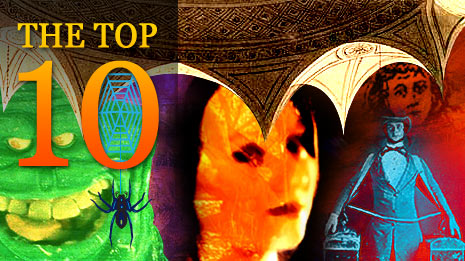
Ghosts are both everywhere and nowhere, stories would have us believe. Their existence is constantly being investigated, but highly doubted, yet despite that healthy scepticism ghosts feature prominently in our culture. They are in television and film, from "Harry Potter" to "The Sixth Sense." Ghost stories are told around campfires and found on bookstore shelves, in both fiction and nonfiction sections. Around Halloween, pop-culture images of ghosts haunt nearly every store, and hang as decoration in homes.
Ghosts even influence some of our everyday customs, in ways we may not recognize. "People used to believe a sneeze caused someone to expel their soul out of their body, and so 'God bless you' or 'Bless you' was used as a protection against the devil snatching your soul," according to MIT. Here are some of the most famous ghosts of all time.
King Hamlet
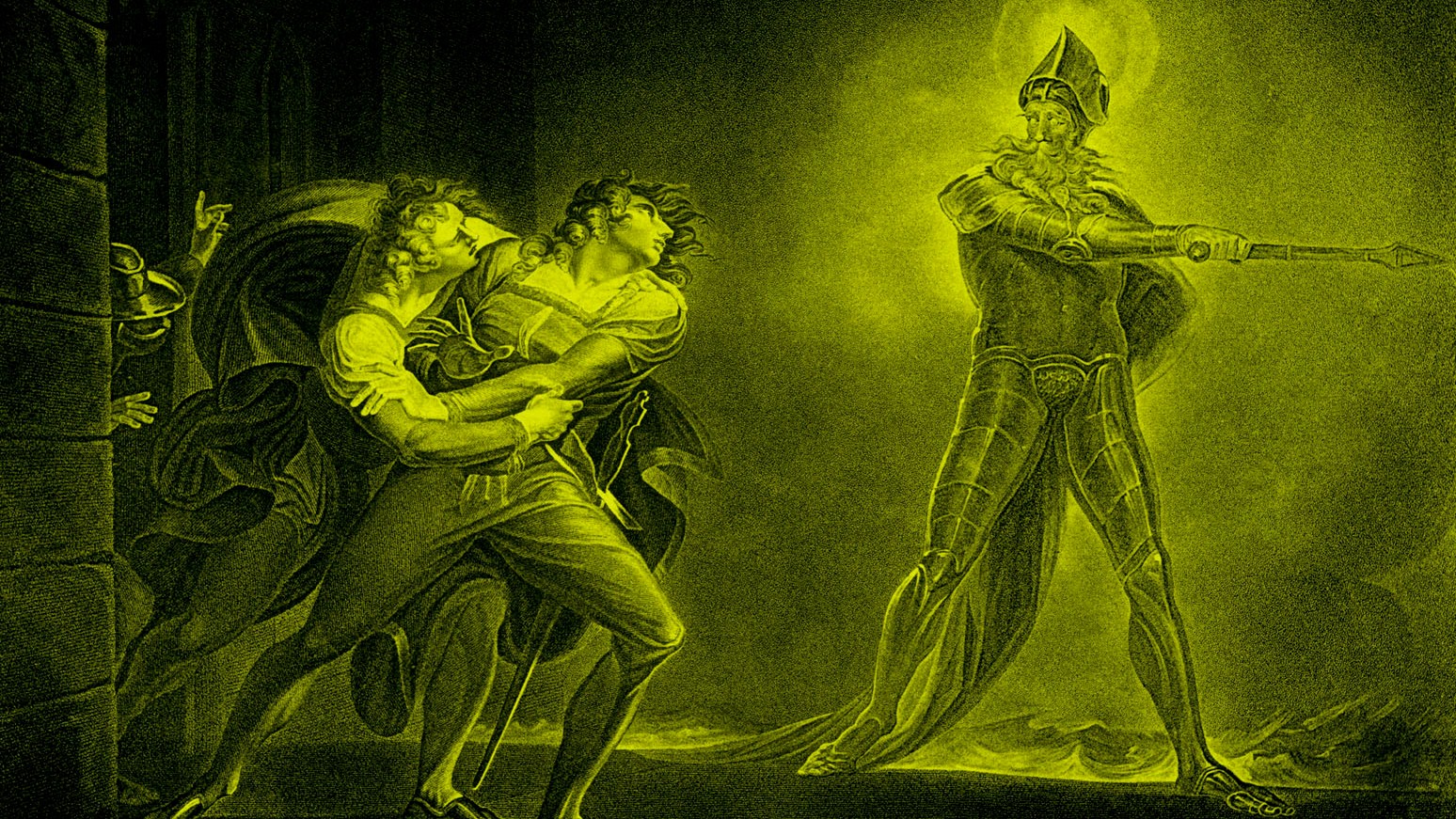
Though ghosts appear in several of Shakespeare's plays (such as "Macbeth" and "Julius Caesar"), King Hamlet, often referred to simply as 'Ghost', is among the better known of the Bard's ghosts and plays an integral part in "Hamlet." His son, Prince Hamlet may be the central character in the play named after him, but without his father's ghost, there would be no story.
King Hamlet appears three times in the play, each time during the night. The ghost tells Hamlet that he was murdered by his treacherous brother Claudius, and asks Hamlet to avenge his death.
"The Ghost himself says he is on a visit from Purgatory (1.5.9–13), returning to the world of the living in order to right a wrong; that the Catholic position on ghosts," wrote Tzachi Zamir, philosopher and literary critic, in his book "Shakespeare's Hamlet: Philosophical Perspectives" (Oxford University Press, 2017).
The Flying Dutchman
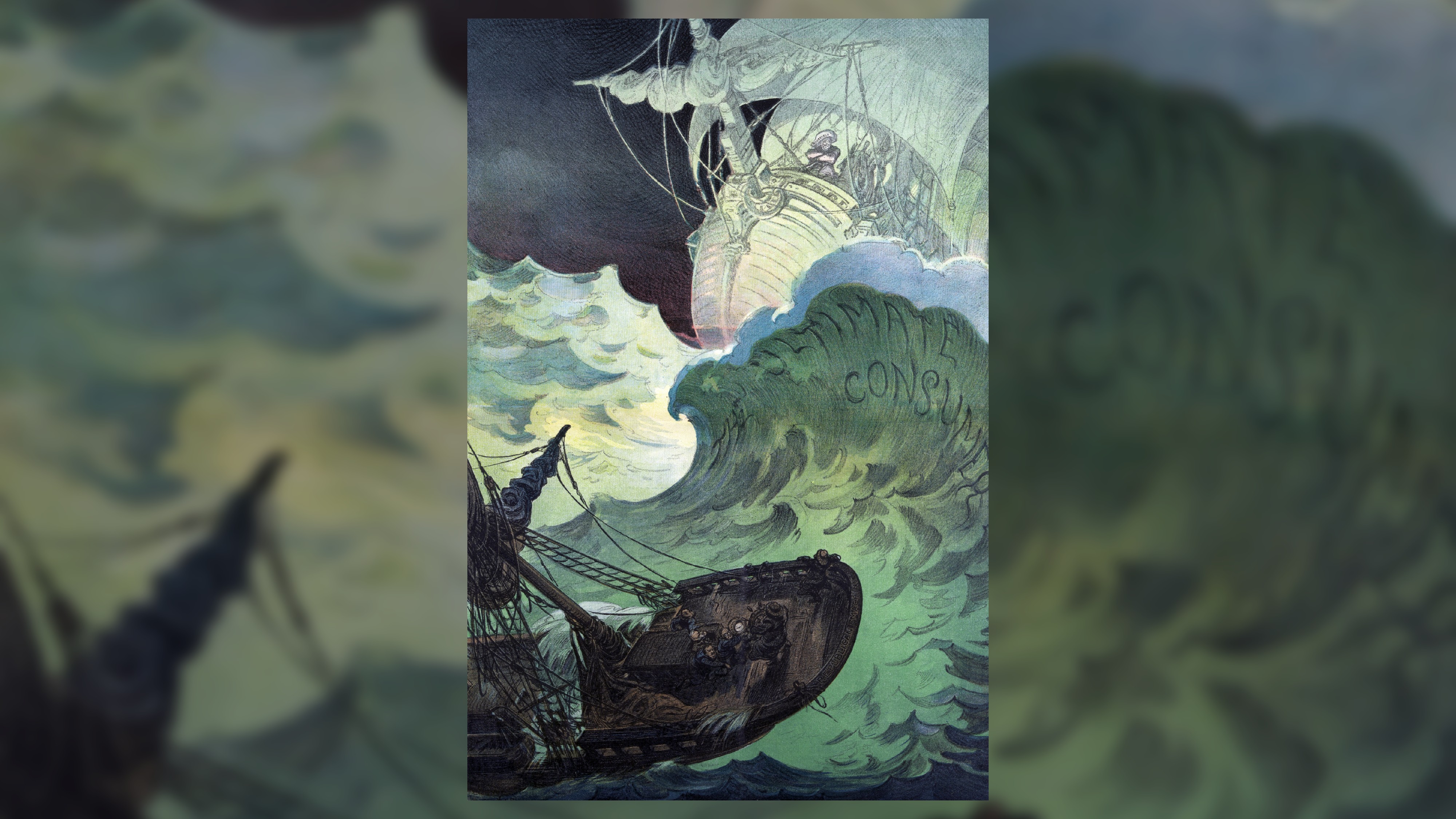
The Flying Dutchman, the world's best-known non-human ghost, is a seventeenth-century merchant ship said to haunt the high seas. According to sea lore, the ship, which often appears as a hazy image or a strange light, is said to be a portent of bad luck and doom.
The story has been adapted many times, but one of the more common versions tells of a Dutch captain, named van der Decken, refusing to take safe harbor during a storm while traversing the Cape of Good Hope despite pleas from the crew and passengers. Instead the impudent captain challenged God to take them down. The ship was promptly cursed and in its ghost form is damned to never find port again. The "ghost ship" has been reported on the ocean from time to time, including appearing off the coast of South Africa in 1923. The Flying Dutchman most recently appeared in movie theaters across the country in the "Pirates of the Caribbean" films, captained by Davy Jones.
"The tale of the doomed Dutch ghost ship stems from a British literary tradition (eighteenth to nineteenth centuries)," wrote Theo Meder in "The Flying Dutchman and Other Folktales from the Netherlands" (Libraries Unlimited, 2007) and is likely tied up in the trading company competition between Dutch and British businesses in that era.
The Bell Witch
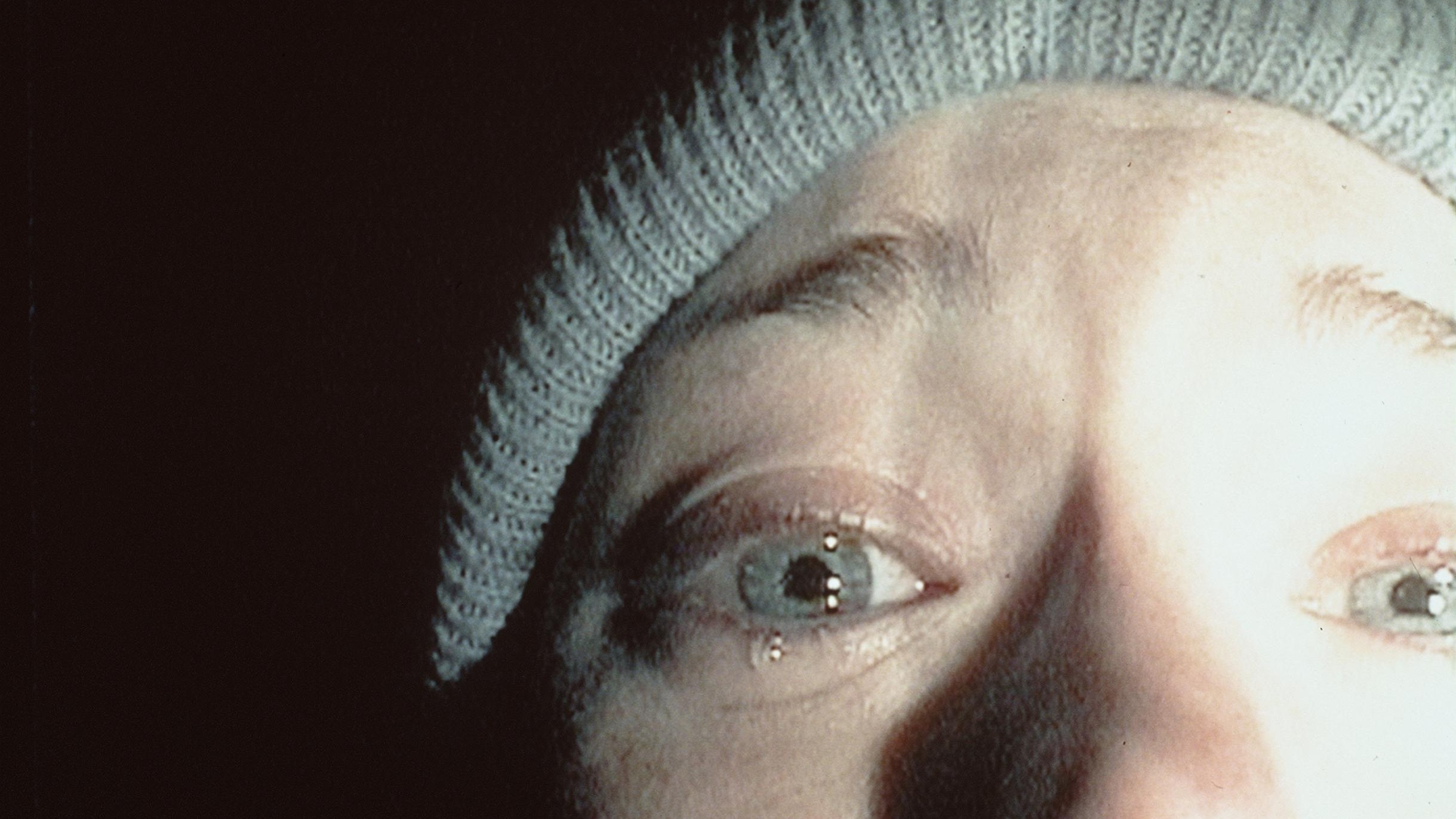
The events that allegedly happened at John Bell's Tennessee farm between 1817 and 1821 are said to be one of the classic American ghost tales. Bell shot at a strange animal on his farm, but the creature disappeared before it could be harmed. Several weeks later, the Bell family was tormented by a ghost that made terrifying sounds, shook the house, and physically attacked Bell's daughter Betsy. The spectral assaults continued for several years, and at one point Andrew Jackson is said to have dabbled in ghost hunting and did his own investigation.
Though some authors recount the Bell Witch tale as a true account, there is little evidence that it is anything other than a ghost story. Jackson, for example, never mentioned the Bell Witch case at all; it seems that the future president's role was created from thin air, possibly to lend the appearance of reality to the fictional tale. "From the late 1810s until the 1830s, Jackson's every move is fairly well documented," wrote KyL T. Cobb, Jr. in his book "Ghosts and Demons: The Truth of the Bell Witch" (Lulu.com, 2016). This casts further doubt on his involvement.
Casper
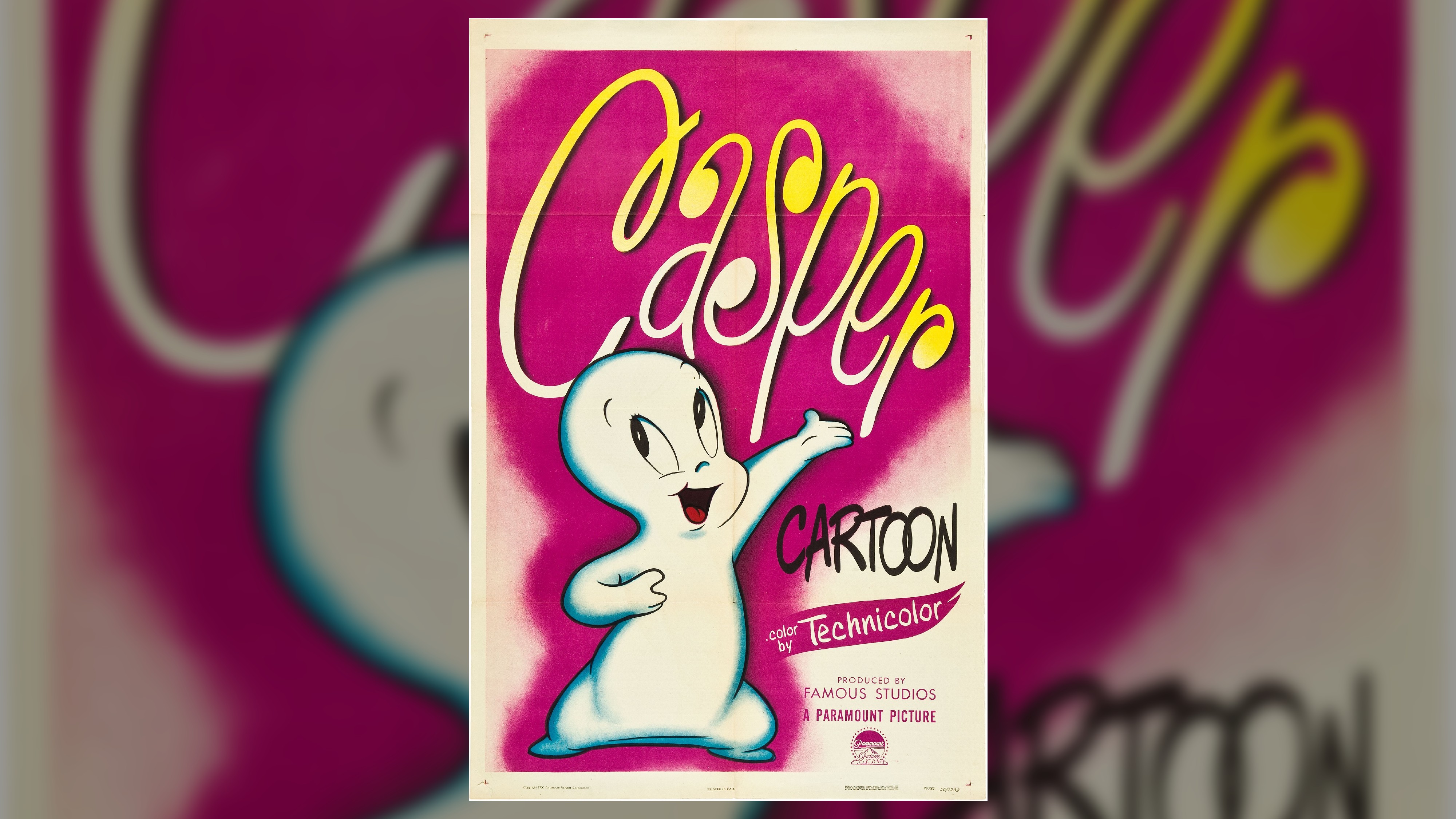
While Bloody Mary spends her time in the ghostly realms waiting to be summoned to dark bathrooms so she can scare kids, Casper, who is best known as "The Friendly Ghost", is the white-outlined, smiling ghost who tries not to scare people.
Casper was created by Seymour Reit and Joe Oriolo in the 1930s, later gaining fame in the Harvey comic book series. Casper was often joined by friends such as Wendy the Good Little Witch and Hot Stuff the Little Devil. The characters were made benign and kid-friendly with the addition of "good," "friendly," and "little" to their names. Even so, the topic of death in a property aimed at children has been questioned, even when Casper enjoyed a revival with a self-titled 1995 film, starring Bill Pullman and Christina Ricci.. "Critics questioned how appropriate it was to run moments of comedy and slapstick alongside issues of death and the afterlife," wrote Zachary Graves in "Ghosts: The Complete Guide to the Supernatural" (Canary Press, 2011).
Bloody Mary
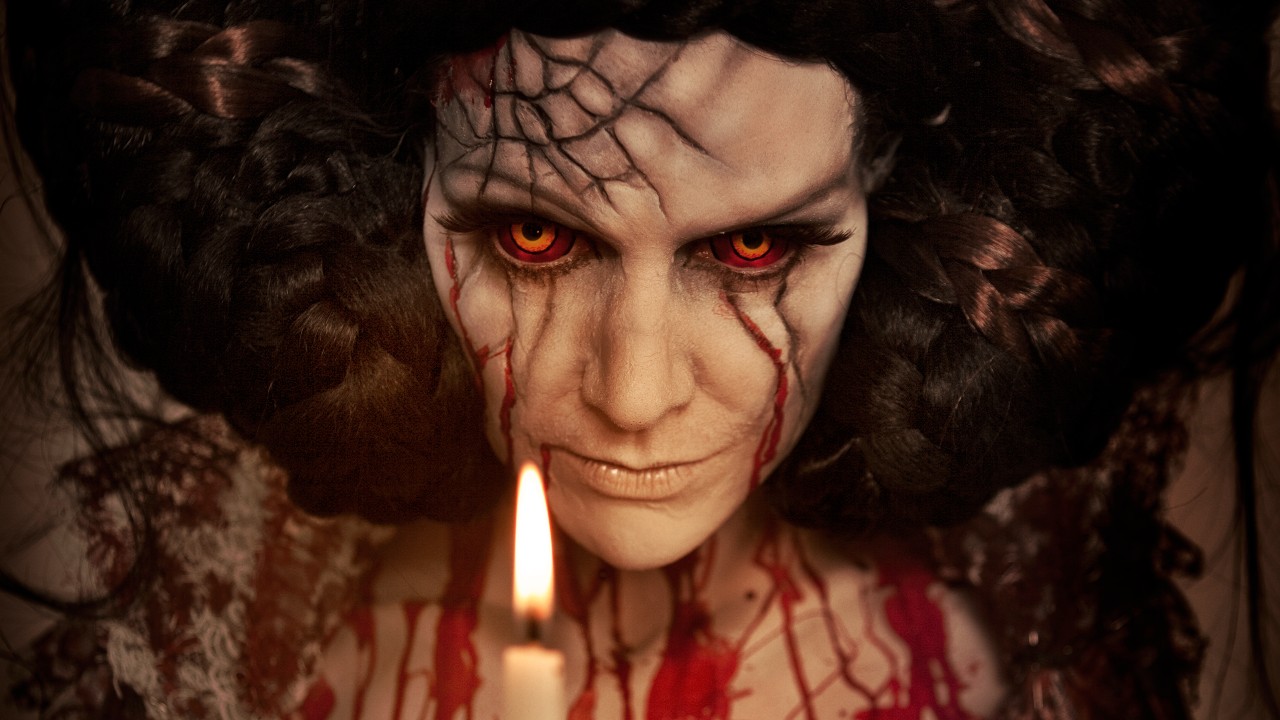
"Bloody Mary...Bloody Mary...Bloody Mary..." With those words, many schoolchildren had their first experience with a ghost. According to folklore, Bloody Mary is a ghost of a woman who murdered her children long ago. If you want to see her, go into a bathroom (usually at school), turn the lights off, stand in front of a mirror, and repeat her name three times.
The 'game' of summoning Bloody Mary is particularly associated with teenagers. "Three functions of the ritual are identified: to actively challenge and conquer fears; to allow opportunities to increase peer group status; and to develop a mechanism for coping with the supernatural," wrote Gail de Vos in "What Happens Next? Contemporary Urban Legends and Popular Culture" (Libraries Unlimited, 2012).. Many either stare at their scared reflection in the dark mirror or lose their nerve after saying the second "Bloody Mary" and run from the bathroom. "Numerous students related their experiences, both positive and negative, with great glee while others hid their heads in terror at the very thought of calling her."
An updated version of the Bloody Mary legend was made into a horror film series "Candyman," recently remade in 2021, who is similarly summoned by repeating his name three times.
The Drury Lane Ghost
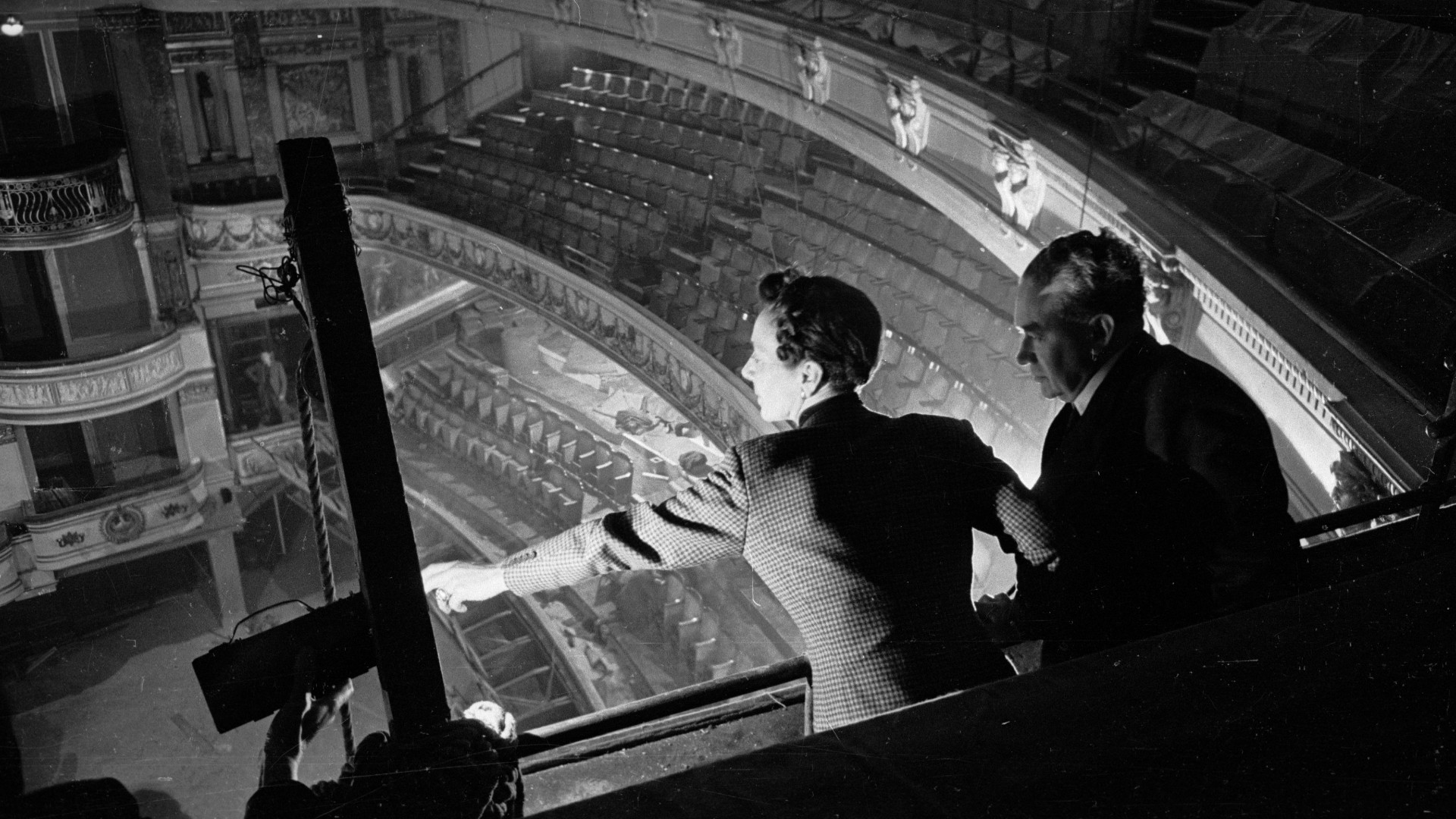
There are many theaters in the Covent Gardens district in London's West End. Plays have been produced in that area for over 300 years, and some of the world's greatest actors have appeared there. Yet one theater is better known more for its ghost than its productions.
There is actually more than one ghost said to haunt Drury Lane's halls and wings, including those of several actors. The most famous, however, is a "Man in Grey" seen as a nobleman carrying a sword. It's not uncommon for a theater to claim a resident ghost treading the boards, and the Drury Lane ghosts carry on their part of theater tradition.
"Everyone in the theatre had some kind of experience. They think they saw the Man in Grey, or they heard a door slam when there was no one in the building. Roger [Clarke, professional ghost hunter] took those stories more seriously than the ghosts: he did think the building had something going on, although it was difficult to say what," said actor Nigel Planer to journalist Andrew Dickson, writing for "The Guardian" in 2015.
The Vanishing Hitchhiker
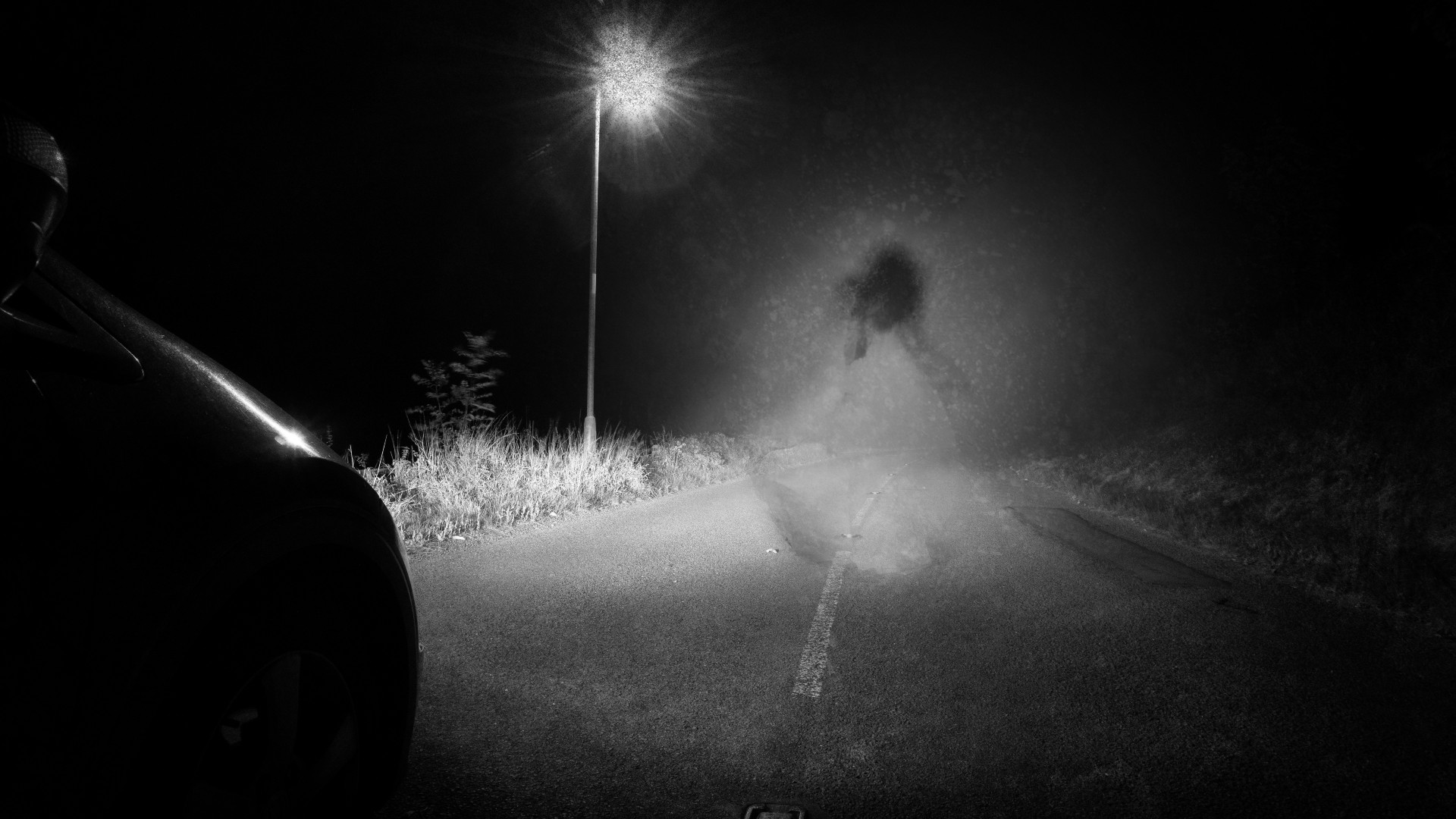
A classic example of modern folklore, often associated with the United States, but with parallel tales elsewhere in the world, the Vanishing Hitchhiker is often depicted standing by the roadside and disappearing without a trace not long after being picked up. One classic version points to the hitchhiker being the ghost of a local resident, killed not far from their home, but it has likely changed over the decades.
"It acquired the newer automobile motif by the period of the Great Depression, and thereafter spawned a number of subtypes with greatly varied and oddly interlocking details, some of which themselves stemmed from earlier folk legends," wrote Jan Harold Brunvand in "The Vanishing Hitchhiker: American Urban Legends and Their Meanings" (W. W. Norton & Company, 2003).
Sometimes the hitchhiker is imbued with the power of prophecy or is on an endless quest, not unlike the crew of the Flying Dutchman. "Updated and localized treatments of the legend continue to flourish in modern folklore, suggesting that the old ghost tale must have some important appeal to contemporary folk," wrote Brunvand.
The Ghost of Christmas Past
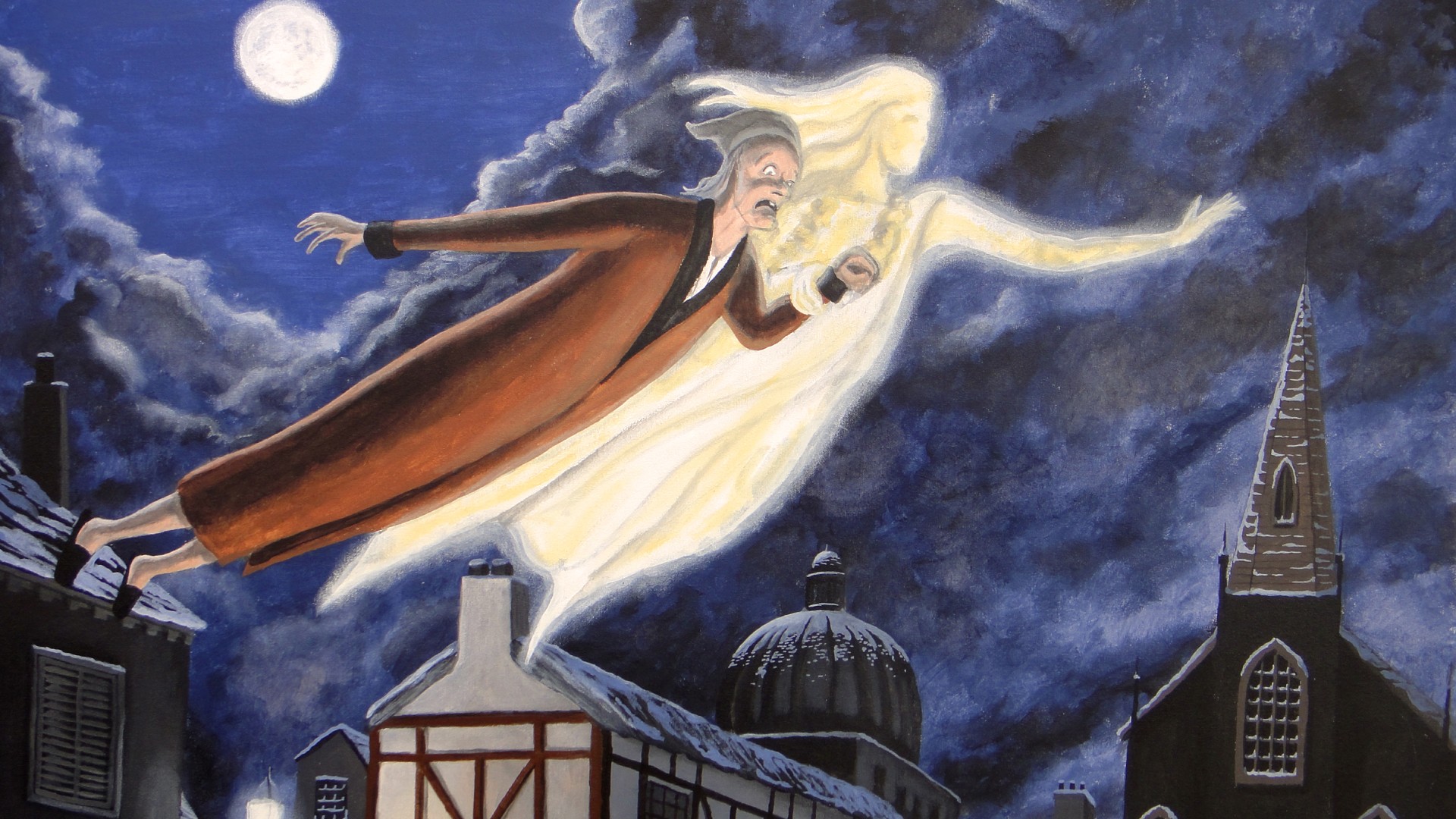
In Charles Dickens' famous novel "A Christmas Carol," cold-hearted miser Ebenezer Scrooge has a change of heart after being visited by several ghosts representing different eras of his life's Christmases (Past, Present, and Yet to Come).
Ghosts are often associated with life lessons and morality tales, and these spooks are no exception. The Ghost of Christmas Past sets Scrooge out on the road to rehabilitation by showing him visions of his past Christmases.
Dickens is credited with helping to establish the concept of a Christmas spirit and may have been drawing on his own past and feelings about children and Christmas for this character. "Dickens had warm memories of his own childhood Christmases and, now the father of a young family […] made the annual event a merry holiday. Feasting, games, and domestic dramas were the order of the ‘twelve days of Christmas’ in the 1840s Dickens household," wrote John Sutherland, professor of Modern English Literature at University College London for The British Library in 2014.
The Murdered Peddler
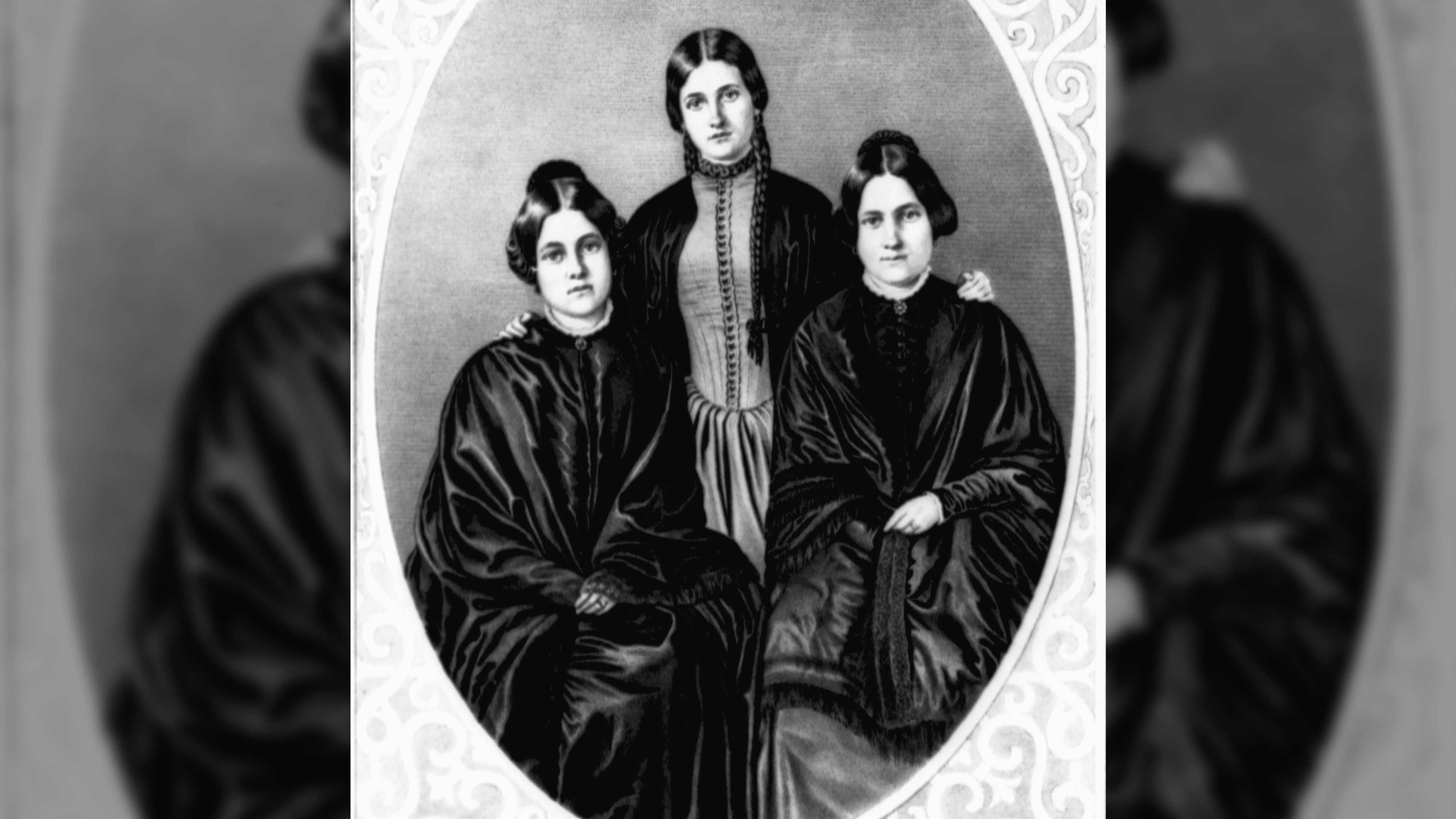
One day, in the early 1840s in Hydesville, New York, a young peddler arrived at the home of a Mr. and Mrs. Bell to sell his housewares. He was invited into the home by the Bells' housekeeper and in fact stayed for some days. The maid was shortly dismissed from service but abruptly rehired a week later. The peddler was gone, but many of his items were now in use in the Bells' kitchen. The maid thought little of it until she began experiencing strange, ghostly phenomenon, only to find out from the peddler's ghost that he had in fact been murdered in her absence.
At least that was the story told by two sisters named Maggie and Katie Fox, who claimed to communicate with the ghost. Years later, the sisters admitted it had all been a hoax; there was no murdered peddler, and the spirit communications had been faked. Still, the sisters had inadvertently founded a religion called Spiritualism, which is still practiced today. The Murdered Peddler is the only fake ghost whose presence started a real religion.
"When Spiritualism began, with its murdered peddler and its poltergeists, it had fed on an older fascination with occult powers. But Spiritualism as shaped by and in response to the Fox sisters had emerged as something sunnier, more democratic," wrote Barbara Weisberg in "Talking to the Dead: Kate and Maggie Fox and the Rise of Spiritualism" (HarperOne, 2005). "One gathered a group of friends or hired a large hall to welcome the immortal beings. While benign spirit guides weren't necessarily unknown in other parts of the world, they descended like uninvited but cheery guests on nineteenth-century Christian America."
Slimer
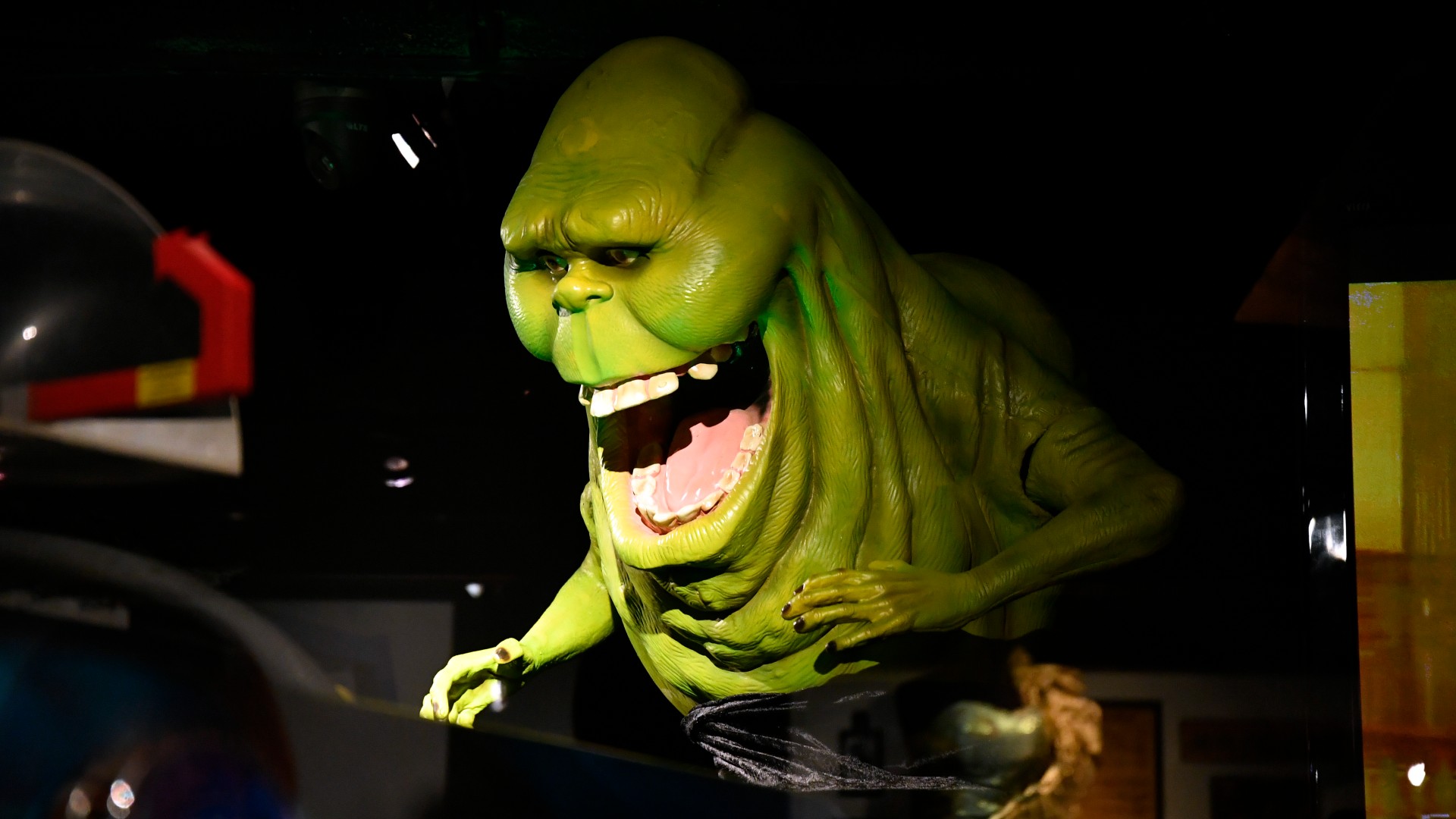
Slimer is the grotesque green ghost featured in the "Ghostbuster" films and cartoons. He's characterised by his bright green appearance, obnoxious and slovenly behaviour, and his ability to spew slime. Slimer proved to be so popular with kids that he got a starring role in the spin-off cartoon series "The Real Ghostbusters." A reformed evil ghost that joined the Ghostbusters team, Slimer's voracious appetite and guttural burps make him among the most memorable cartoon ghosts.
Originally referred to as 'Onionhead' in production of the original movie, Slimer was likened to an actor known well by the film's writers and stars Dan Ackroyd and Harold Ramis. "Ivan [Reitman, director] remarked that the character was sort of like Bluto in Animal House – like the ghost of John Belushi, in a way, Danny, who was obviously a good friend of John's, never argued with that. Even so, we never officially said that and we never mentioned it in the script. It was just one way to look at the character because Onionhead's grossness is like Bluto's in Animal House," said Joe Medjuck, producer of Ghostbusters, in "Making Ghostbusters" (New York Zoetrope, 1985), edited by Don Shay.
Additional resources and reading
If you would like to learn about some 'real' ghost ships that have risen from the ocean you should read about these WWII ships that arose after a volcanic eruption.
And you'll find out that telling ghost stories really is something that goes back to the earliest human settlements as shown by this Babylonian exorcism tablet, identified in 2021.
Bibliography
"Why Americans say “Bless you!” when they hear someone sneeze," MIT
"Shakespeare's Hamlet: Philosophical Perspectives" by Tzachi Zamir (Oxford University Press, 2017)
"The Flying Dutchman and Other Folktales from the Netherlands" by Theo Meder (Libraries Unlimited, 2007)
"Ghosts and Demons: The Truth of the Bell Witch" by KyL T. Cobb, Jr. (Lulu.com, 2016)
"Ghosts: The Complete Guide to the Supernatural" by Zachary Graves (Canary Press, 2011)
"What Happens Next? Contemporary Urban Legends and Popular Culture" by Gail de Vos (Libraries Unlimited, 2012)
"Inside the world's most haunted theatre," by Andrew Dickson, "The Guardian"
"The Vanishing Hitchhiker: American Urban Legends and Their Meanings" by Jan Harold Brunvand (W. W. Norton & Company, 2003)
"The origins of A Christmas Carol," by John Sutherland, The British Library
"Talking to the Dead: Kate and Maggie Fox and the Rise of Spiritualism" by Barbara Weisberg (HarperOne, 2005)
"Making Ghostbusters" (New York Zoetrope, 1985), edited by Don Shay
Sign up for the Live Science daily newsletter now
Get the world’s most fascinating discoveries delivered straight to your inbox.











